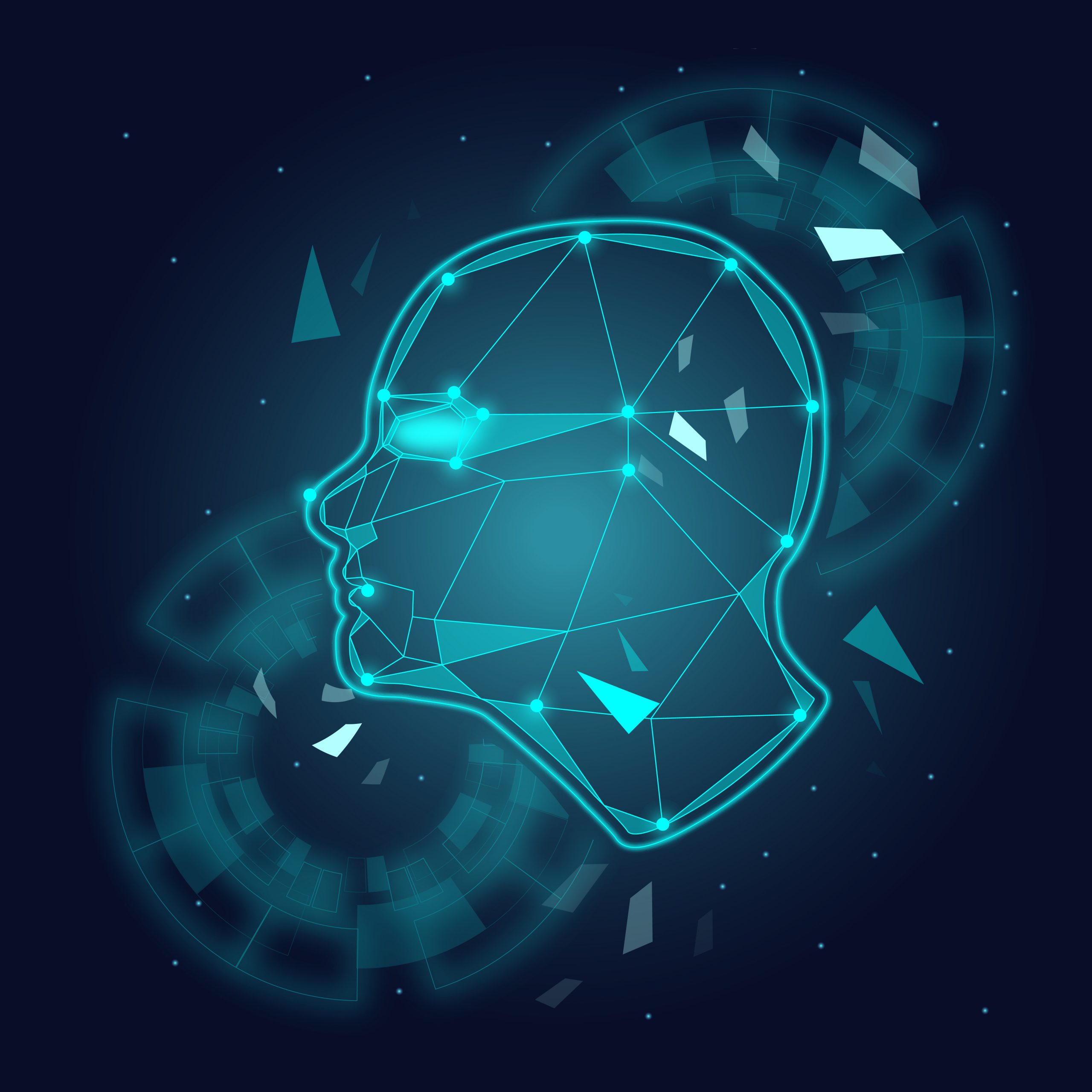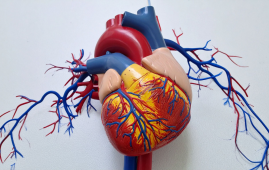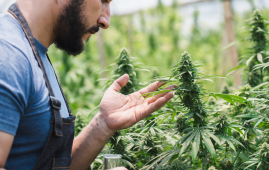

Researchers from the University of So Paulo (USP) in Brazil are attempting to develop anxiety and depression prediction models combining artificial intelligence (AI) and Twitter, one of the biggest social media platforms in the world. These models may one day reveal indicators of these disorders prior to clinical diagnosis.
An article from the journal Language Resources and Evaluation details the investigation.
SetembroBR, the study’s database, was first created as its initial phase. The name refers to both the fact that data collecting for the study started on a particular day in September as well as Yellow September, an annual effort to raise awareness of and prevent suicide.
Preliminary results from the second stage, which is currently being worked on, include the prospect of determining a person’s propensity for depression based purely on their social media friends and followers, without taking into consideration their own posts.
The group’s database includes data on a corpus of texts (in Portuguese) and a network of relationships involving 3,900 Twitter users who stated they had received a diagnosis or treatment for mental health issues in the months before the poll. The corpus consists of all publicly posted tweets made by each of these individuals (without retweets), for a total of almost 47 million of these brief texts.
“First, we collected timelines manually, analyzing tweets by some 19,000 users, equivalent to the population of a village or small town. We then used two datasets, one for users who reported being diagnosed with a mental health problem and another selected at random for control purposes. We wanted to distinguish between people with depression and the general population,” said Ivandre Paraboni, the last author of the article and a professor at USP’s School of Arts, Sciences, and Humanities (EACH).
The study also collected tweets from friends and followers, in accordance with the observation that people with mental health problems tend to follow certain accounts, such as discussion forums, influencers, and celebrities who publicly acknowledge their depression. “These people are attracted to each other. They have shared interests,” said Paraboni, who is a researcher with the Center for Artificial Intelligence (C4AI).
Depression and anxiety are two mental health disorders that are becoming more and more of a concern worldwide. Based on data from 2021, the World Health Organization (WHO) predicted that 3.8% of the world’s population, or around 280 million individuals, suffered from depression.
The COVID-19 pandemic, according to the WHO, increased the prevalence of certain mental health issues by 25% worldwide. During this time, tweets were gathered for the study.
In a recent poll conducted by the Brazilian Health Ministry with 784,000 participants, 11.3% reported having a depression diagnosis. Mostly women. Previous studies have found that sufferers’ language frequently reflects their mental health issues. This discovery prompted a large number of studies using natural language processing (NLP), with a focus on bipolar illness, depression, and anxiety among other conditions. However, the majority of these studies focus on English-language books and don’t usually reflect the demographics of most Brazilians.
The corpus was pre-processed by the researchers to keep the original sentences while removing hashtags, URLs, emoticons, and non-standard characters.
In order to create four text classifiers and word embeddings (context-dependent mathematical representations of relationships between words), they used deep learning, an AI technique that uses models based on bidirectional encoder representations from transformers (BERT), a machine learning algorithm for natural language processing. These models are analogous to a neural network that discovers contexts and meanings by observing the interactions between sequential data, such as the words in a phrase.
A sample of 200 tweets chosen at random from each user made up the training input. By running cross-validation on the training data five times and figuring out the average outcome, the parameters were established. The results showed that BERT outperformed LogReg, the second-best option, in terms of forecasting depression and anxiety, with a statistically significant difference between the two. It was feasible to observe, for instance, that people with depression tended to write about issues related to themselves, utilizing verbs and phrases in the first person, as well as topics like mortality, crises, and psychology, because the models examined word sequences and whole sentences.
“The signs of depression that can be detected during a visit to the doctor aren’t necessarily the same as the ones that appear on social media,” Paraboni said. “For example, the use of the first-person singular pronouns I and me was very evident, and in psychology, this is considered a classic sign of depression. We also observed frequent use of the heart emoji by depressive users. This is widely felt to be a symbol of affection and love, but maybe psychologists haven’t yet characterized it as such.”
All the collected texts were anonymized. “We published neither actual tweets nor users’ names. We took care to ensure that the students involved in the project didn’t have access to user data so as to protect people’s identity,” he said.
In order to screen potential sufferers of mental health problems and assist families and friends of young people at risk for depression and anxiety, the researchers are currently expanding the database, improving their computational methods, and upgrading the models.
According to a Comscore survey released in early March, Brazil is in third place among the nations that use social media the most globally, trailing only India and Indonesia but ahead of the US, Mexico, and Argentina. On average, 131.5 million members spend 46 hours online every month. YouTube, Facebook, Instagram, TikTok, Kwai, and Twitter are the most popular platforms. Twitter recently modified its policies and started charging for some services.
more recommended stories
 Intensive mind-body retreat rapidly alters brain function
Intensive mind-body retreat rapidly alters brain functionAn intensive mind-body retreat combining meditation,.
 Citrus and Grape Compounds Help Prevent Type 2 Diabetes
Citrus and Grape Compounds Help Prevent Type 2 DiabetesA new clinical trial highlights the.
 Personalized Pain Care Transforms Parkinson’s Treatment
Personalized Pain Care Transforms Parkinson’s TreatmentNew UniSA research underscores the urgent.
 Genetic Diversity Explains Obesity Risk Differences
Genetic Diversity Explains Obesity Risk DifferencesCross-ancestry Study Identifies Novel Obesity Genes.
 Meniscal Tear and OA Pain Improved by Home Exercise
Meniscal Tear and OA Pain Improved by Home ExerciseHome Exercise Proves Effective for Knee.
 AI ECG Model Outperforms Standard STEMI Triage
AI ECG Model Outperforms Standard STEMI TriageNovel AI ECG Model Outperforms Standard.
 New Software Transforms Real-Time Pathogen Surveillance
New Software Transforms Real-Time Pathogen SurveillanceReal-Time Pathogen Surveillance Software Transforms Environmental.
 Bright Nights May Increase Stroke, Heart Failures in Adults
Bright Nights May Increase Stroke, Heart Failures in AdultsBright Nights are tied to increased.
 Cannabis Use Linked to Regular Tobacco in US Youth
Cannabis Use Linked to Regular Tobacco in US YouthCannabis Use and Tobacco Risk: A.
 Mediterranean Diet Reduces Endometriosis Risk in Women
Mediterranean Diet Reduces Endometriosis Risk in WomenMediterranean Diet and Endometriosis: A Promising.

Leave a Comment